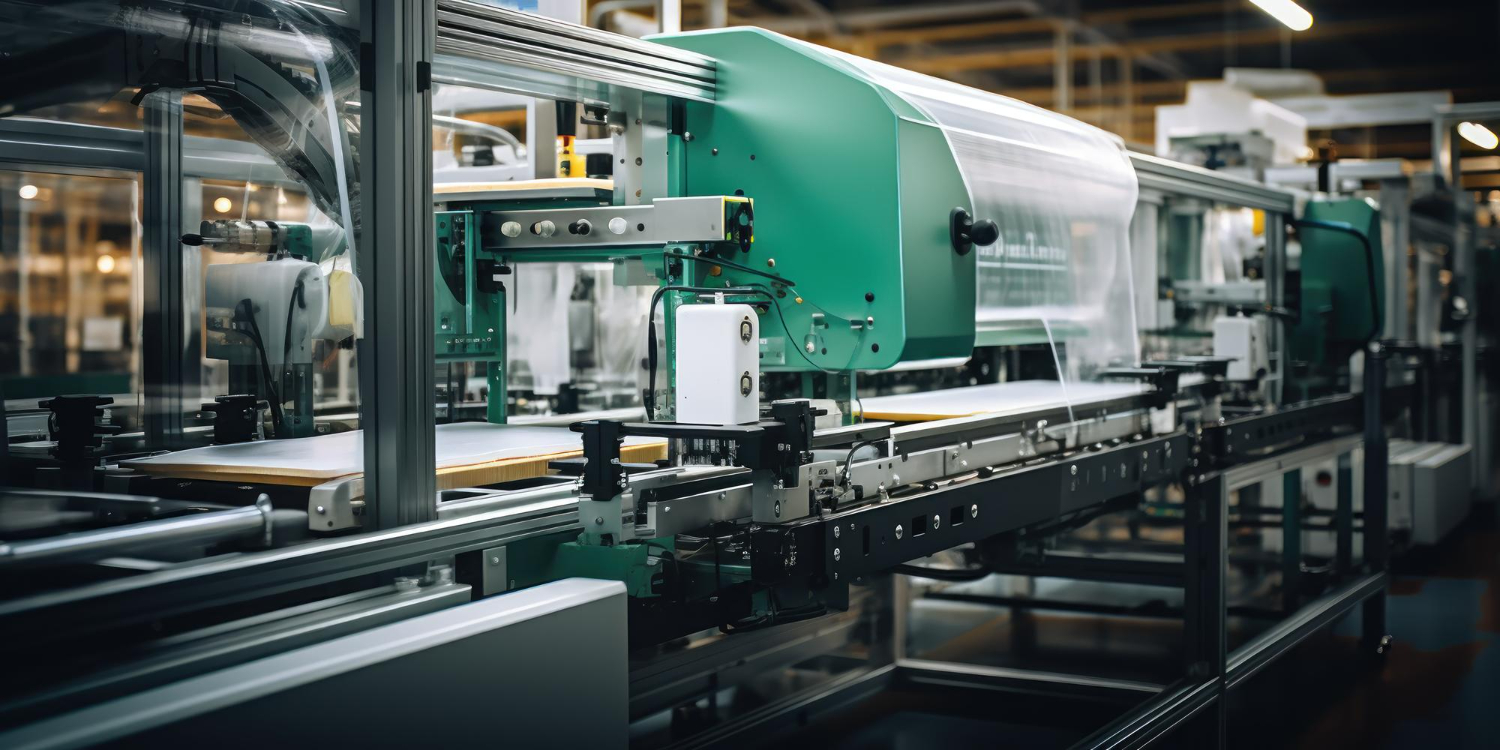
Plastic extrusion machinery lies at the heart of the plastic manufacturing process, pivotal in transforming raw plastic materials into various products used in industries worldwide.
In this article, we will explore the intricate components and workings of plastic extrusion machinery, shedding light on the inner workings that drive the production of plastic goods.
Table of Contents
Introduction to Plastics Extrusion Machinery
Plastics extrusion machinery encompasses various equipment designed to facilitate the extrusion process, from melting raw plastic materials to shaping them into desired shapes.
These machines are meticulously engineered to ensure precise control over temperature, pressure, and material flow, achieving consistent production quality and efficiency.
Components of Plastics Extrusion Machinery
- Hopper: The hopper is the entry point for raw plastic materials into the extrusion machine. It houses the plastic pellets or granules, which are gravity-fed into the extruder for processing. The design of the hopper may include features such as agitators or vibratory feeders to promote material flow and uniform feeding.
- Extruder Screw: At the core of the extrusion machinery is the extruder screw, a precision-engineered component responsible for melting, mixing, and conveying the plastic material along the barrel. The screw’s design, including its pitch, flight depth, and configuration, influences material processing characteristics such as melting efficiency and residence time.
- Barrel: The barrel is a cylindrical chamber through which the extruder screw rotates. It is heated to precise temperatures using electric heaters or thermal oil circulation systems to facilitate the melting of the plastic material. The barrel may be divided into multiple heating zones, each independently controlled for optimal processing conditions.
- Die Assembly: The die assembly is located at the end of the extruder barrel and shapes the molten plastic into the desired profile or form. It consists of a die head, which defines the shape and dimensions of the extruded product, and a die plate, which distributes the molten plastic evenly across the die opening. The design of the die assembly is critical for achieving uniformity and consistency in the extruded product.
- Cooling System: After exiting the die assembly, the hot extrudate undergoes rapid cooling to solidify into its final form. Cooling systems, such as air rings or water baths, control the cooling rate and maintain dimensional stability. Proper cooling is essential for preventing warping or distortion of the extruded product.
Working Principle of Plastics Extrusion Machinery
The operation of plastics extrusion machinery follows a systematic process, beginning with feeding raw plastic material into the hopper and culminating in producing extruded profiles or products. As the plastic material enters the extruder, it is gradually heated and compressed by the rotating screw, eventually forming a homogeneous melt. The molten plastic is then forced through the die assembly, which takes on the desired shape and dimensions before cooling and solidifying.
Applications of Plastics Extrusion Machinery
Plastic extrusion machinery finds widespread applications in various sectors, including construction, automotive, packaging, and consumer goods. Products made with extrusion machinery range from tubes and profiles to films and sheets, to meet needs as diverse as structural support, packaging protection and decorative embellishment.
Conclusion
Plastic extrusion machinery represents a sophisticated blend of engineering ingenuity and manufacturing excellence, enabling the mass production of high-quality plastic products with unparalleled precision and efficiency.
By understanding extrusion machinery’s intricate components and workings, manufacturers can optimize their production processes, enhance product quality, and unlock new possibilities for innovation in the plastics industry.



